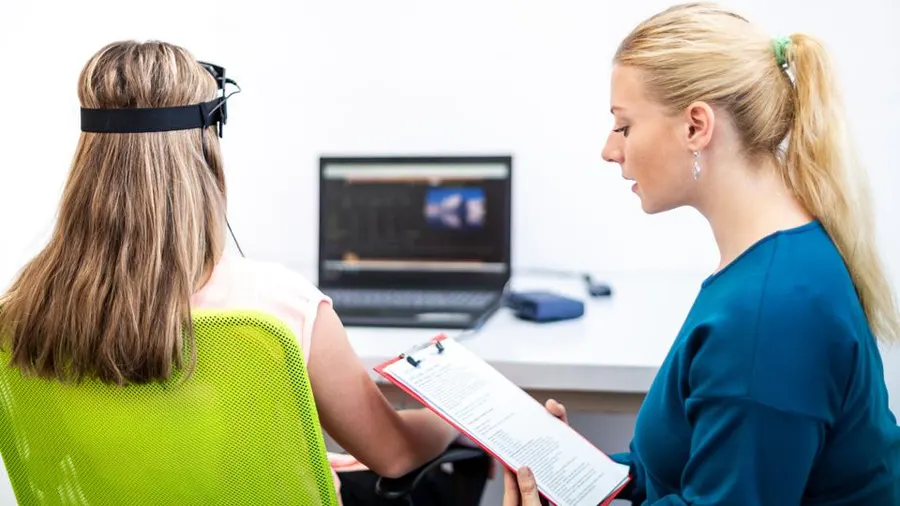Discover Your Perfect Healer Today!
Our online practitioner directory connects you with a wide range of healers to suit your unique needs.
Easily search and find the right professional to support your wellness journey.
Start exploring today to find your perfect match.
Modality
Disease
Books
Products
Events
Training
Blogs
Naprapathy
Naprapathy vs Chiropractic: A Guide to Optimal Health
Are you currently encountering constant pain or difficulty in moving around and are undecided on the best cure for you? This article examines naprapathy and ...
Read More → Written by
Michael Johnson
Osteopath
Challenges and Controversies in Osteopathy: Key Issues Explored
Osteopathy is an alternative healthcare that has been in practice for over a hundred years, yet this type of therapy faces so many questions and ...
Read More → Written by
David Brown
Supporting Page
How Yoga Can Transform Your Body, Mind, and Spirit?
Yoga is not merely an exercise but a comprehensive approach that integrates body, mind, and spirit. This discipline can change your self by improving physical ...
Read More → Written by
Michael Johnson
Neurofeedback-Biofeedback
EMDR vs. Neurofeedback: Which Therapy is Right for You
Two of the most talked-about mental health treatments in recent years are Eye Movement Desensitization and Reprocessing (EMDR) and Neurofeedback. However, their approaches to addressing ...
Read More → Written by
James Williams
Holistic Health
A Guide on What Happens During a Holistic Health Session?
A holistic health session generally means an all-around approach to wellness that incorporates physical, emotional, and spiritual health into the treatment. These sessions are generally ...
Read More → Written by
Michael Johnson
Naprapathy
A Detailed Overview: The History and Development of Naprapathy
Naprapathy is an art of manual therapy aimed at alleviating pain within the musculoskeletal system. Its history comes forth with modern science together with ancient ...
Read More → Written by
Michael Johnson






